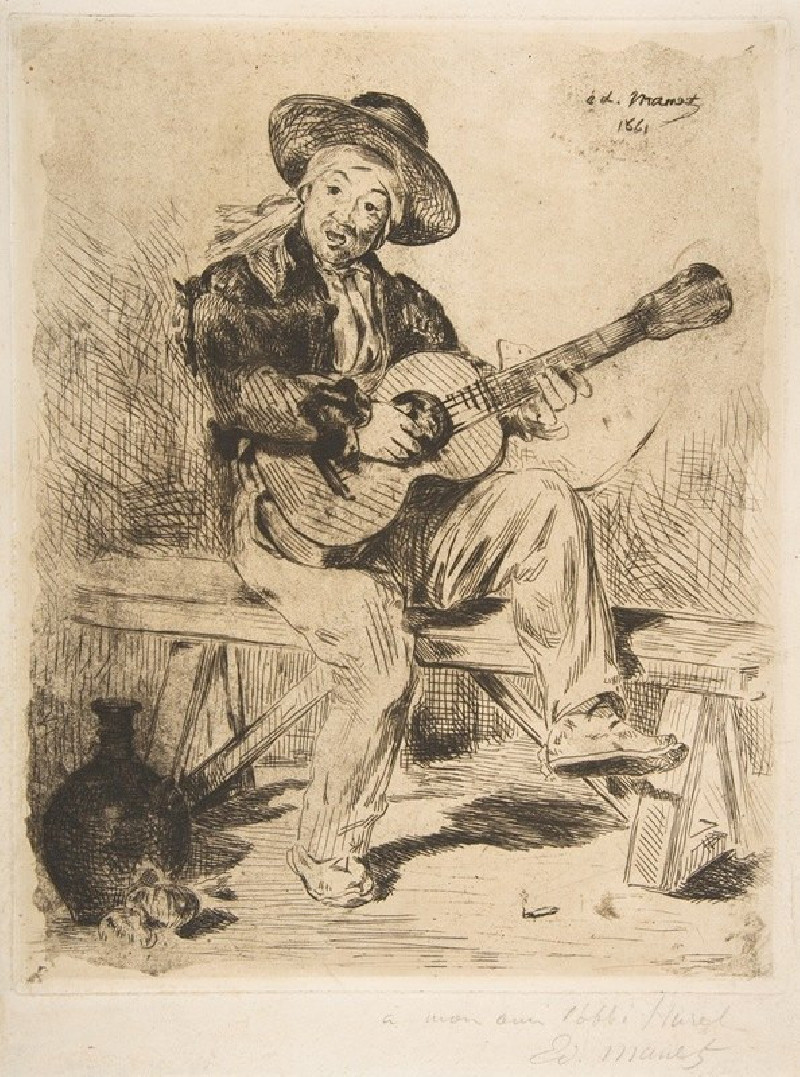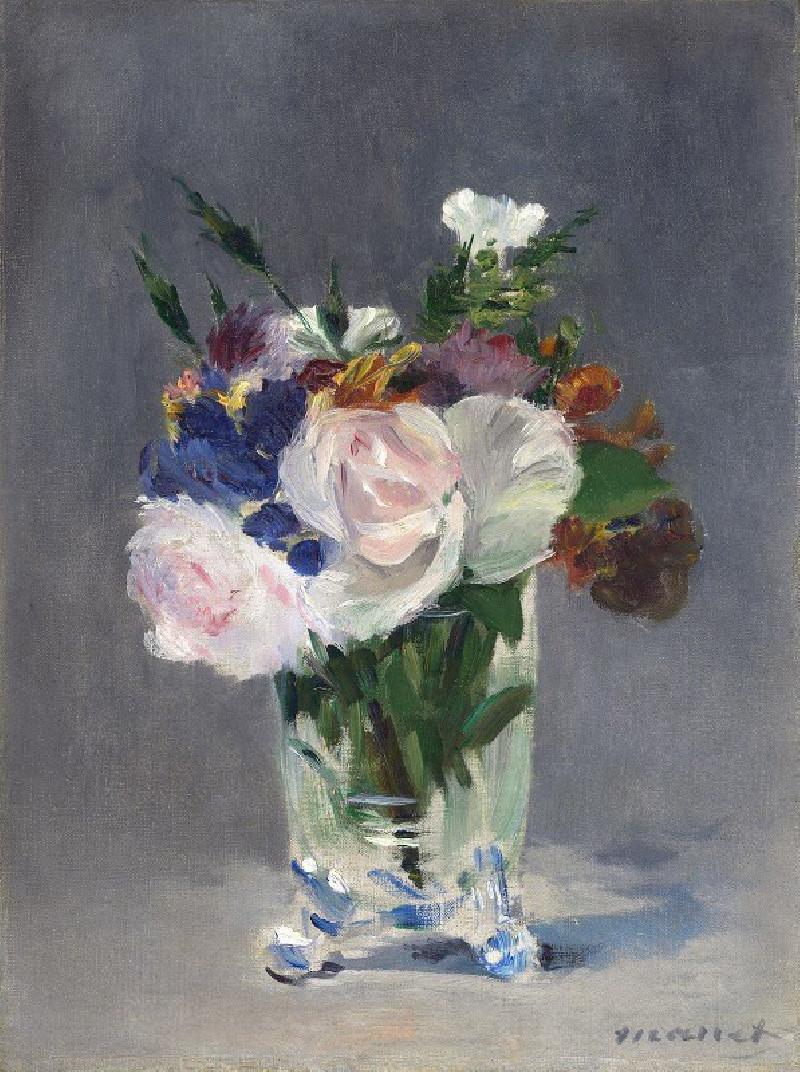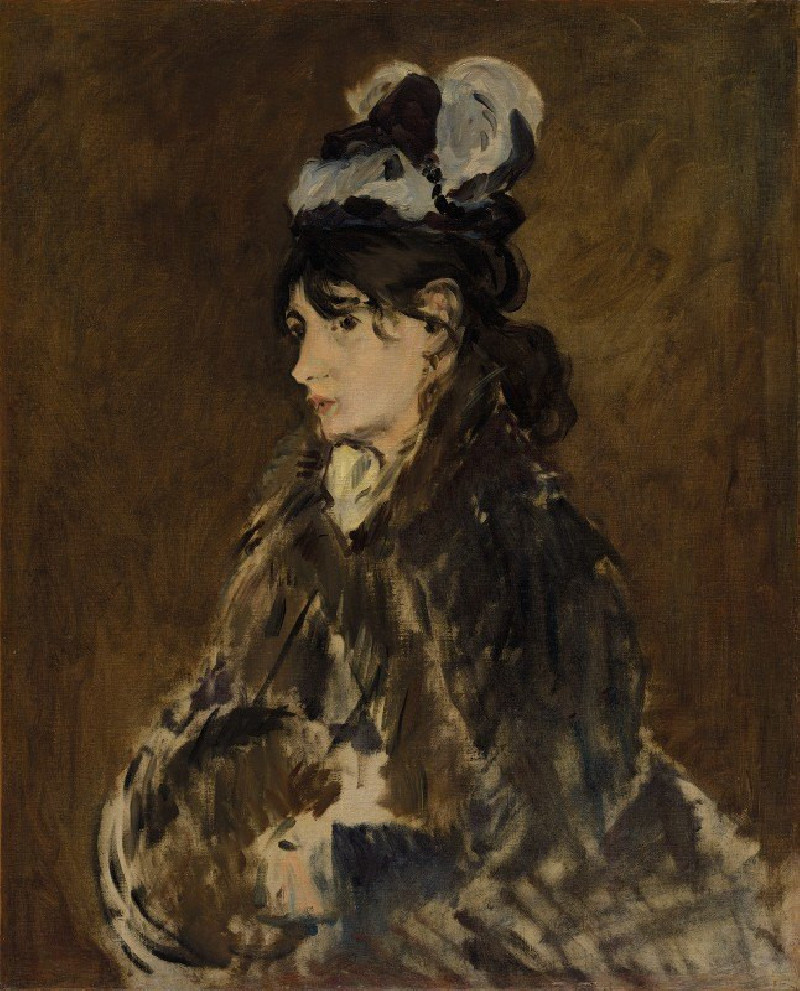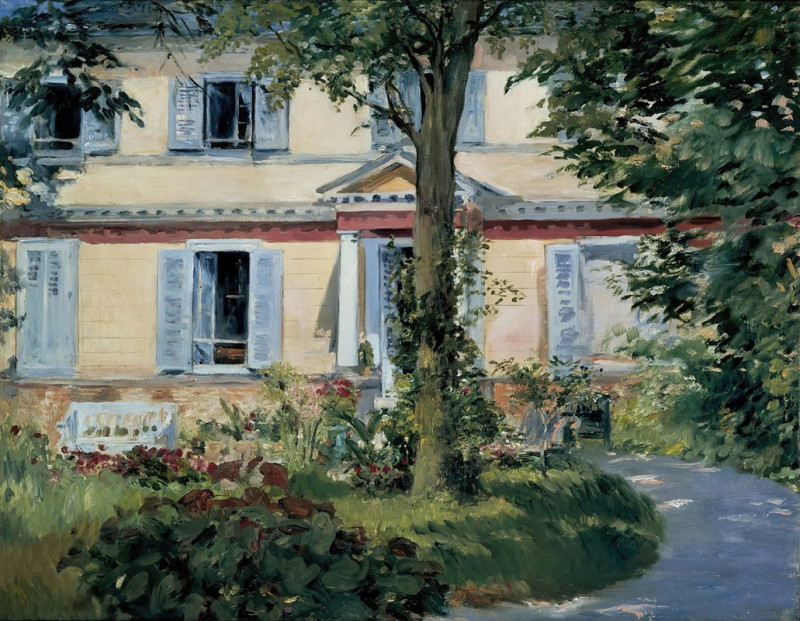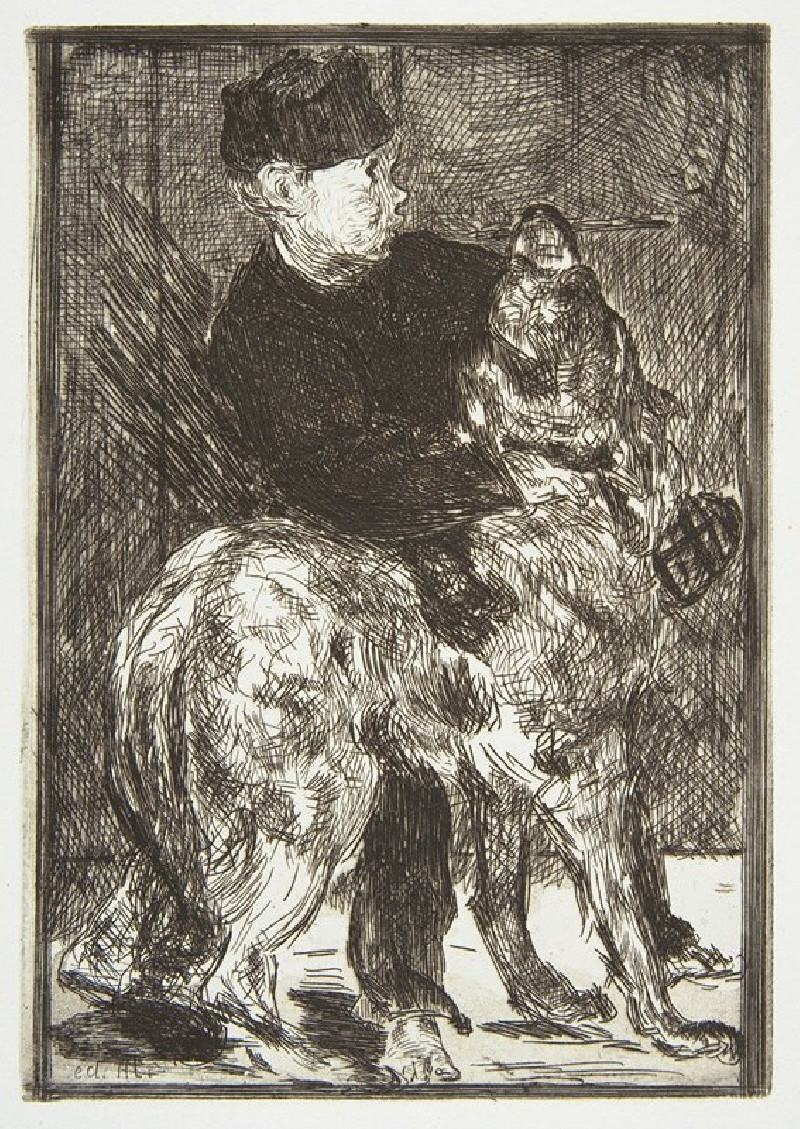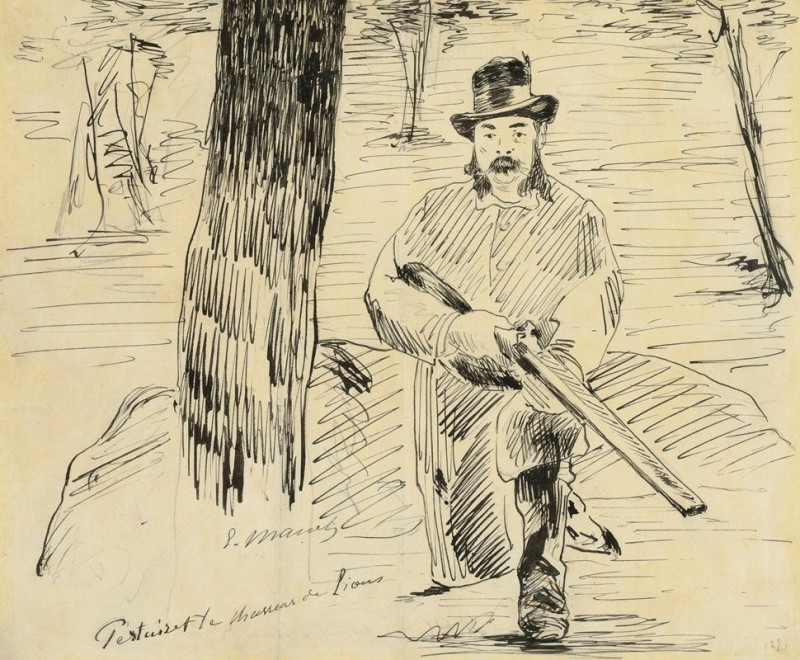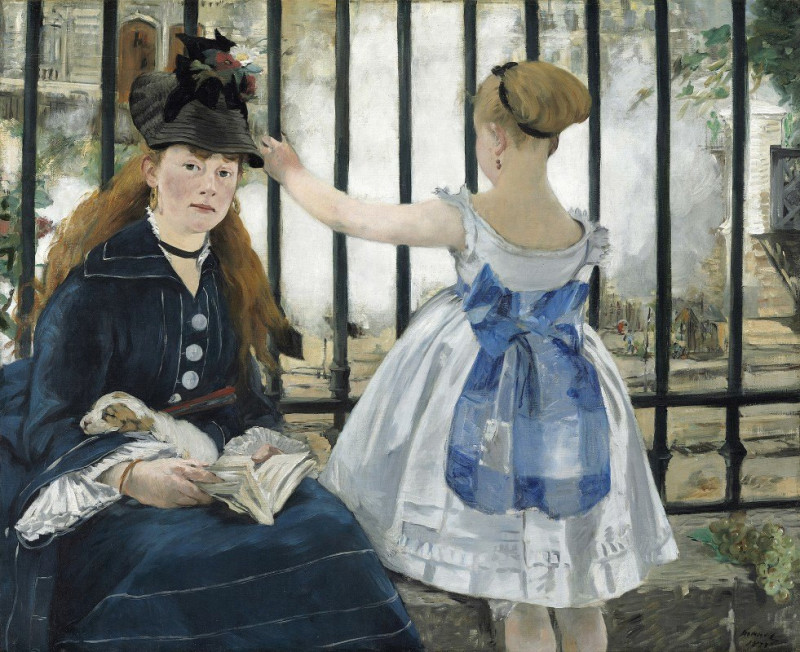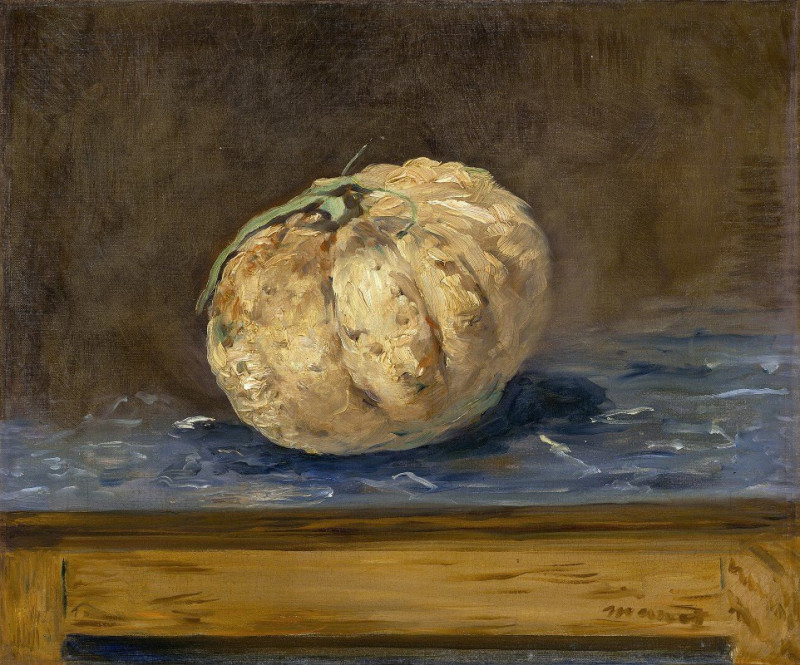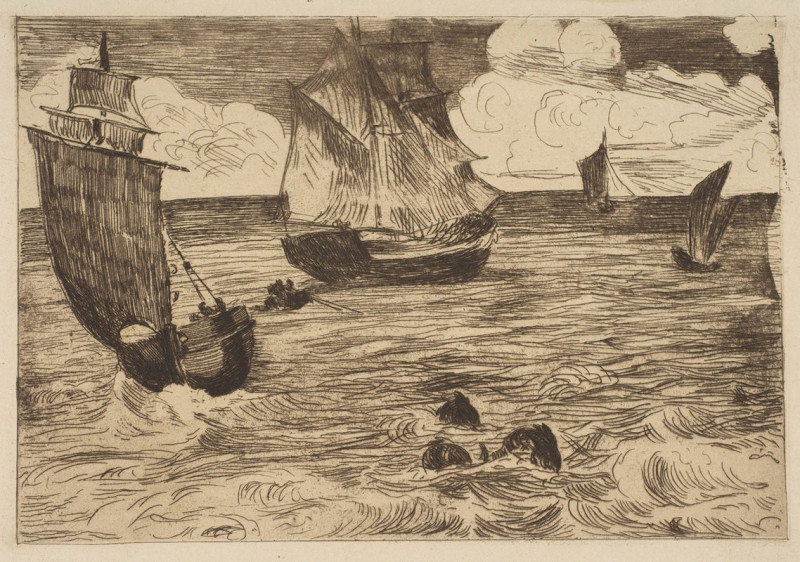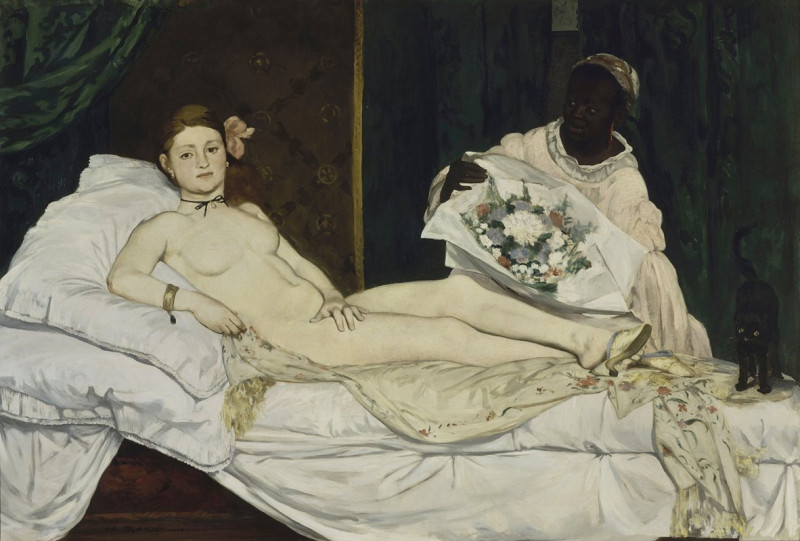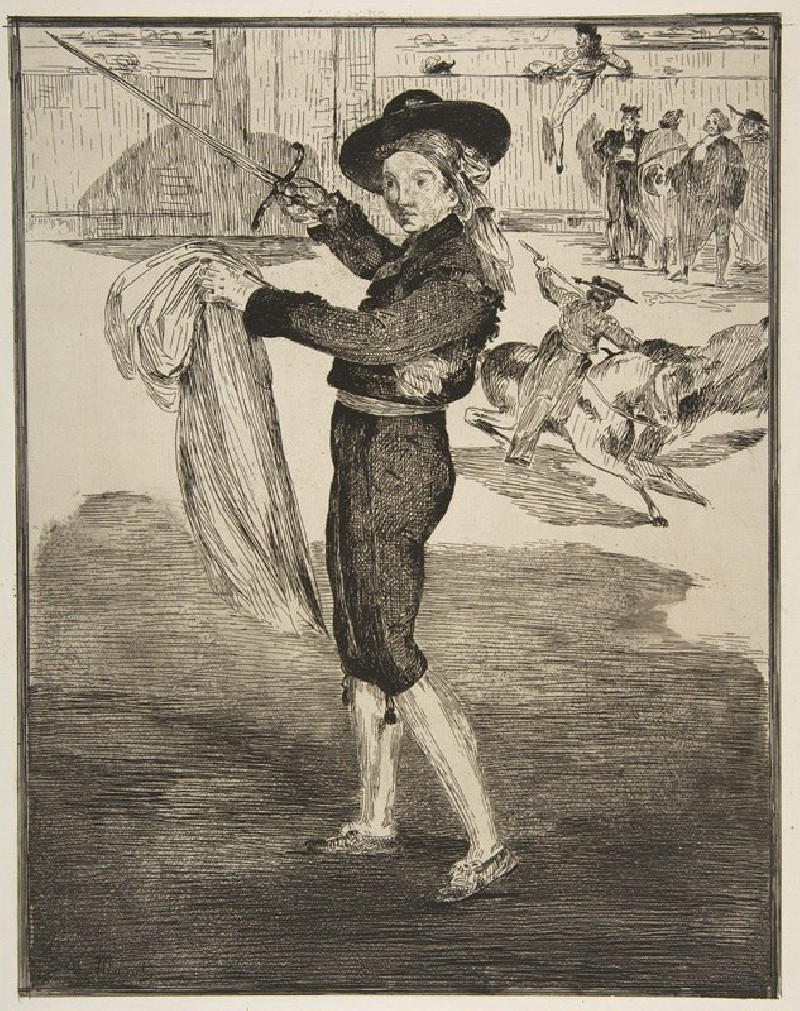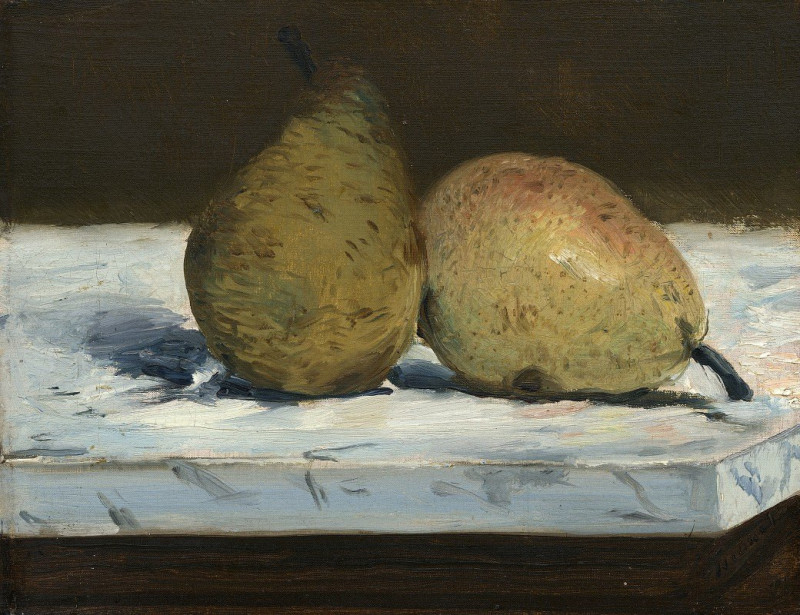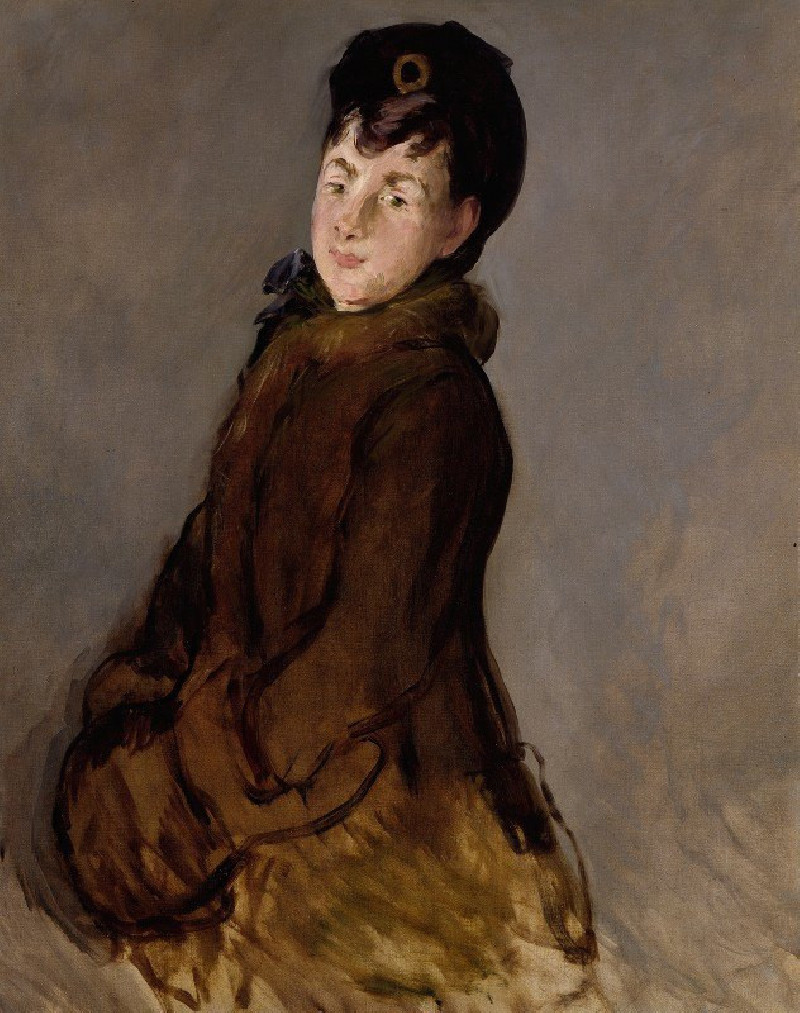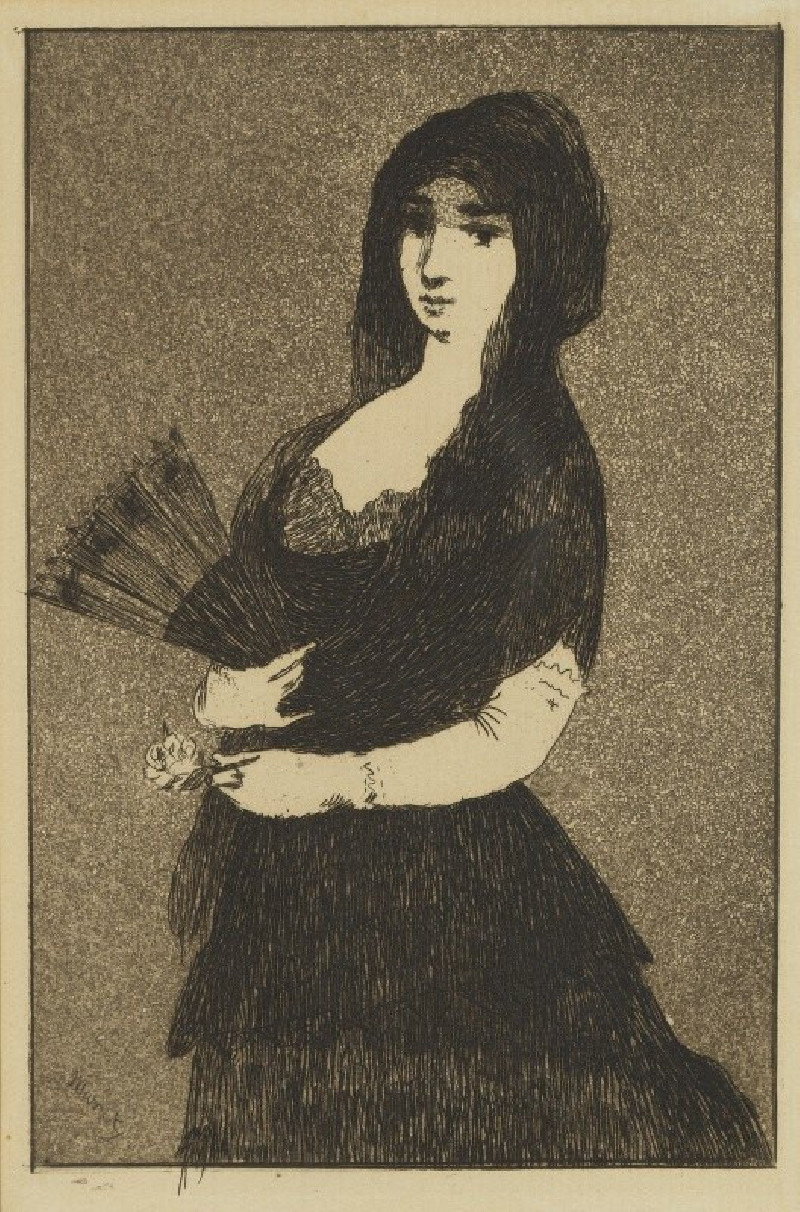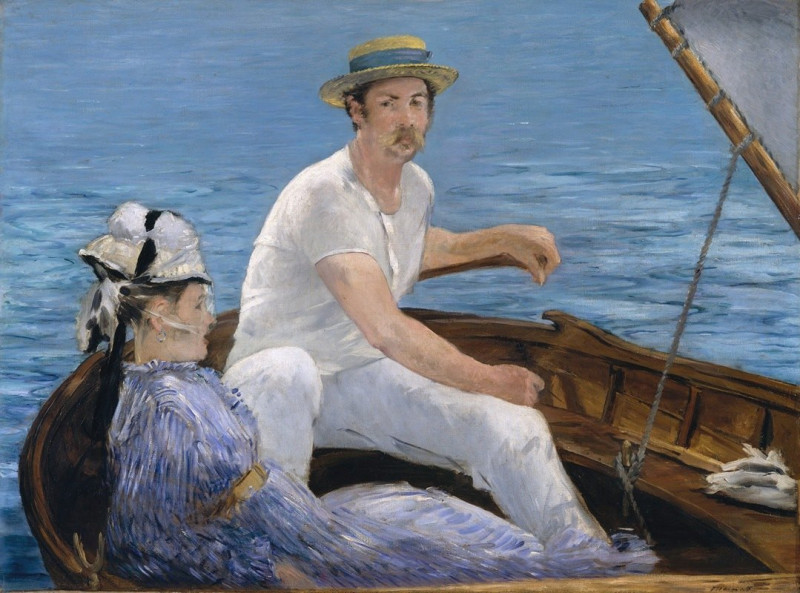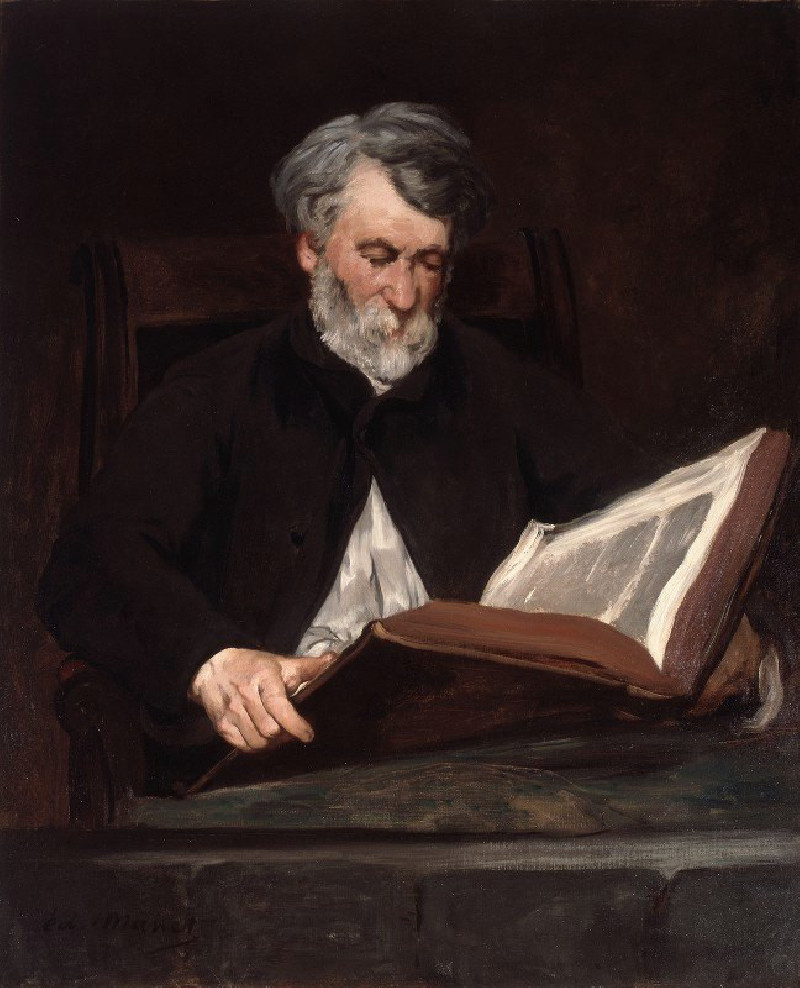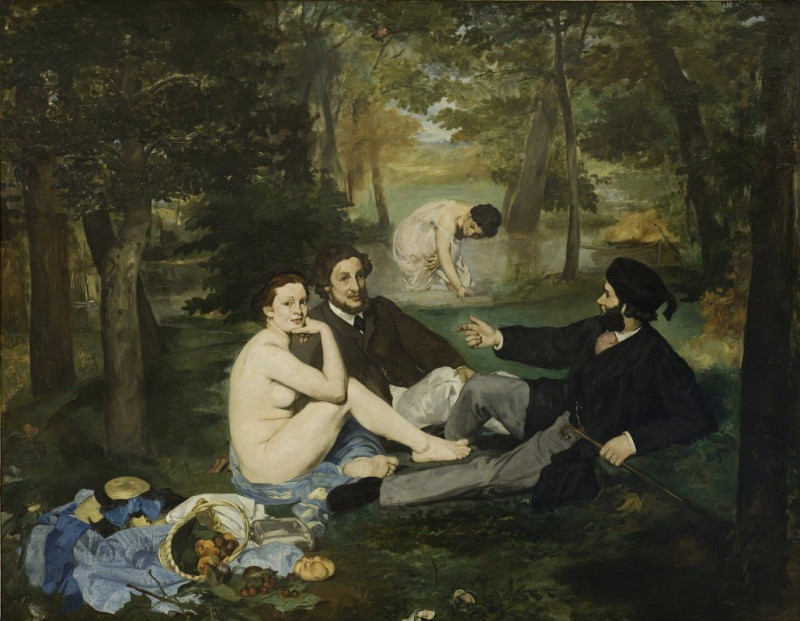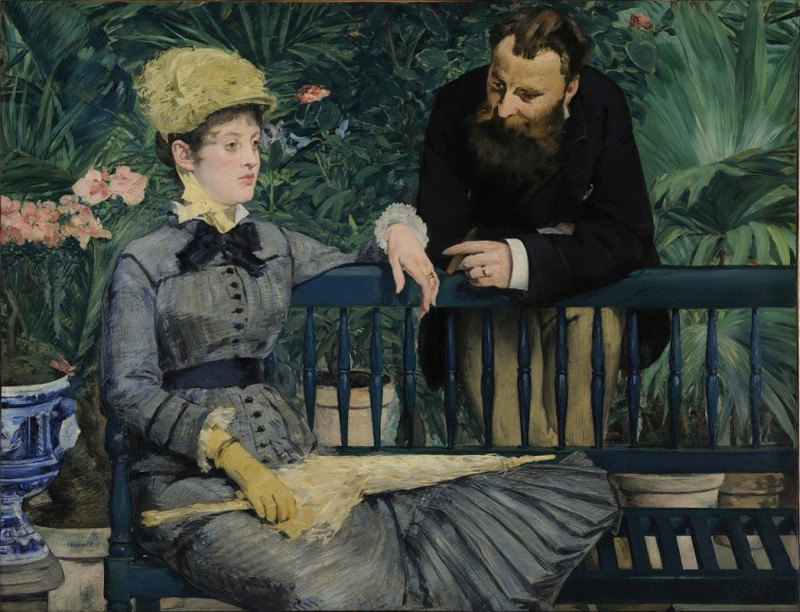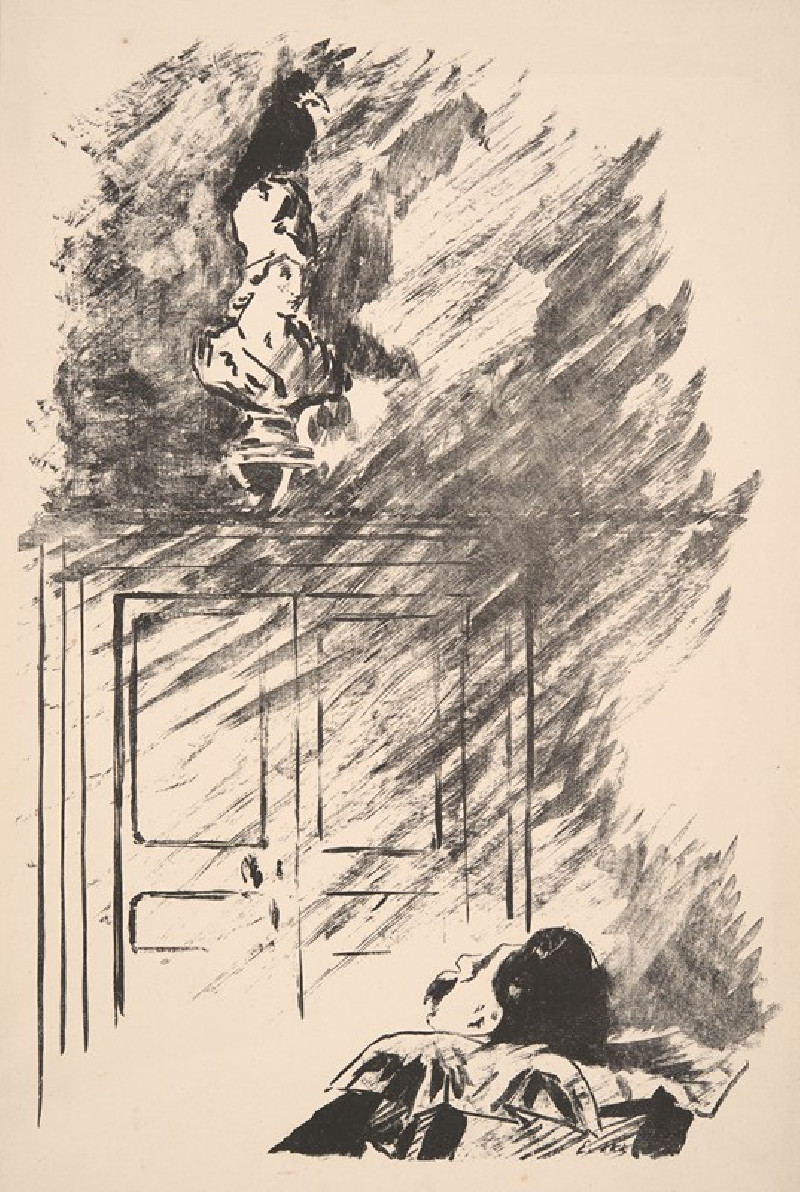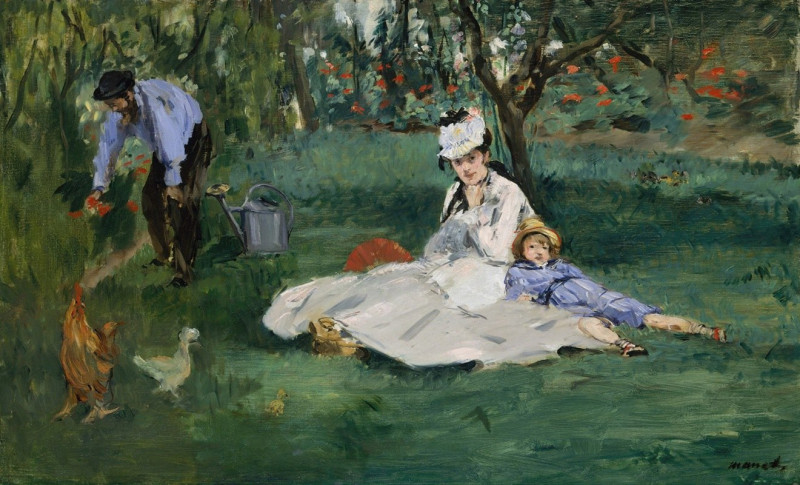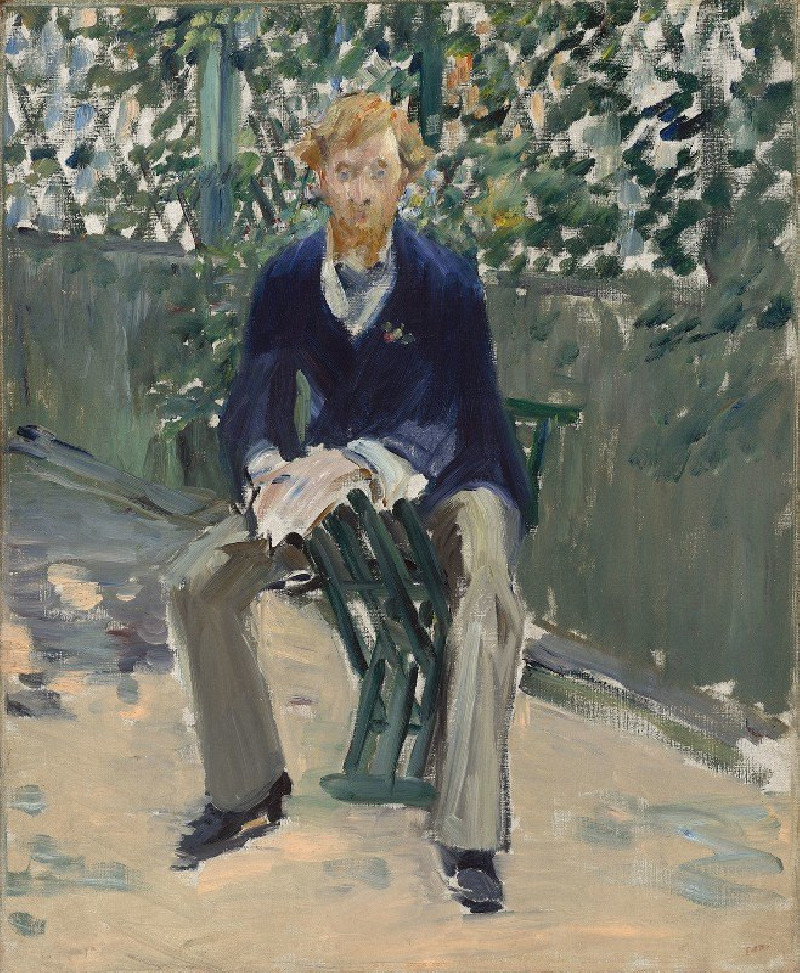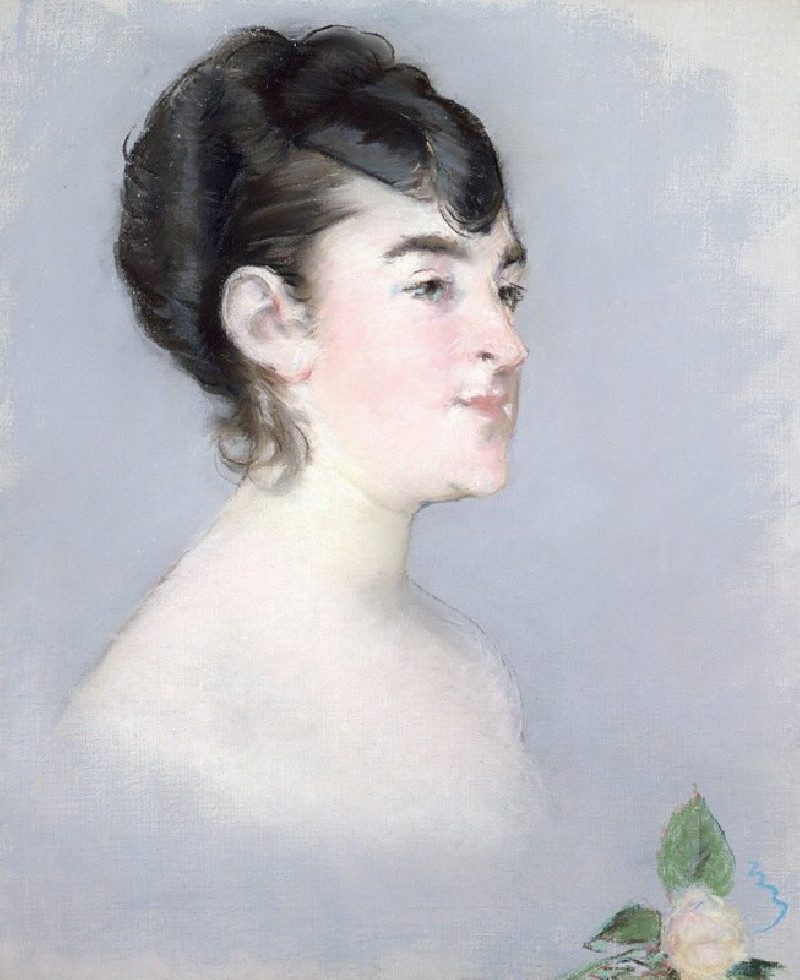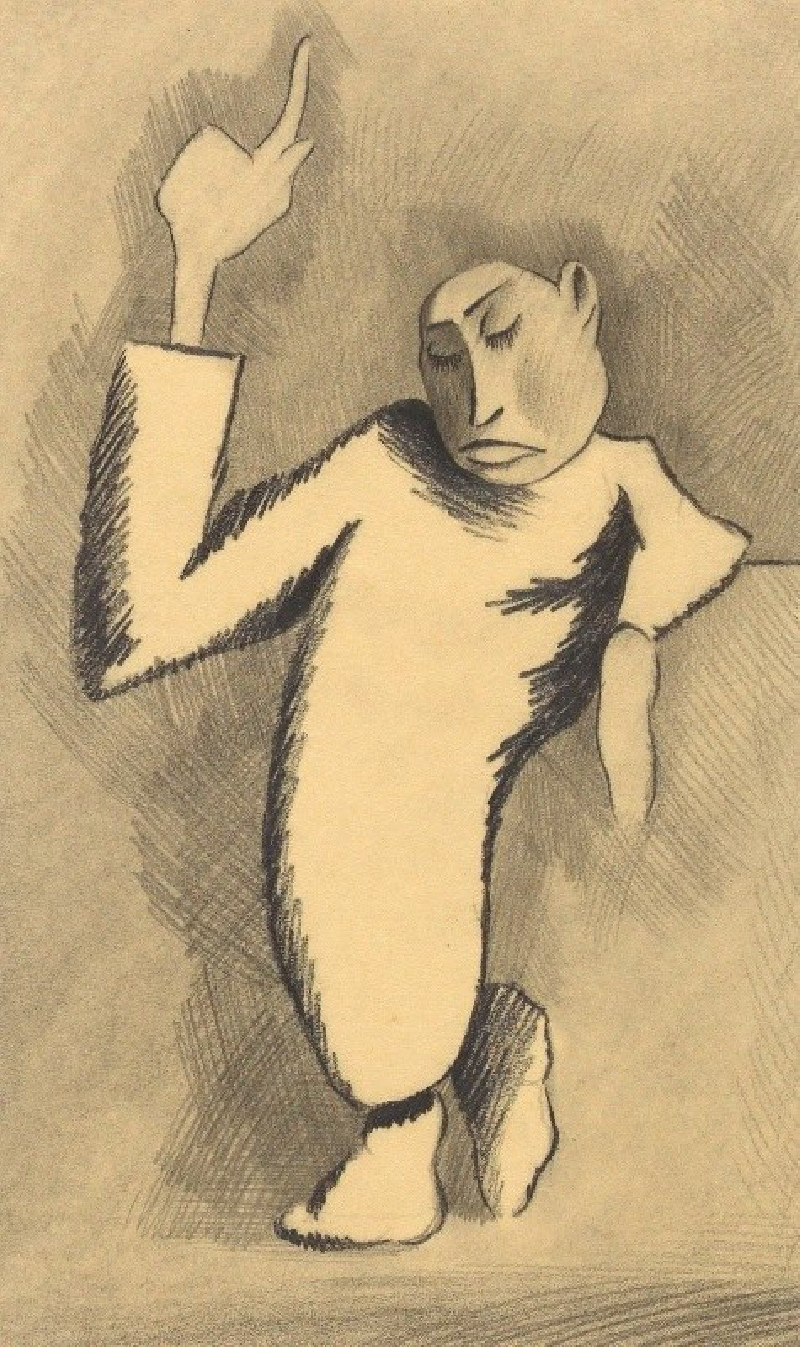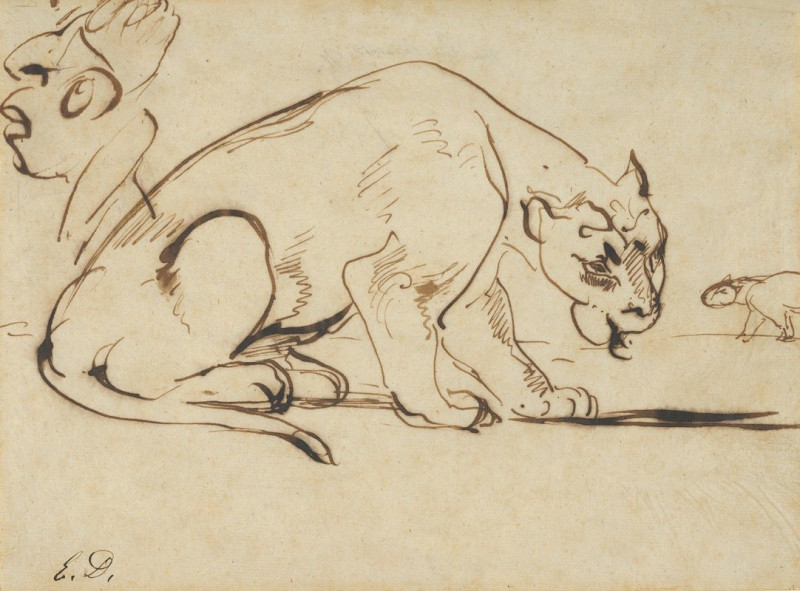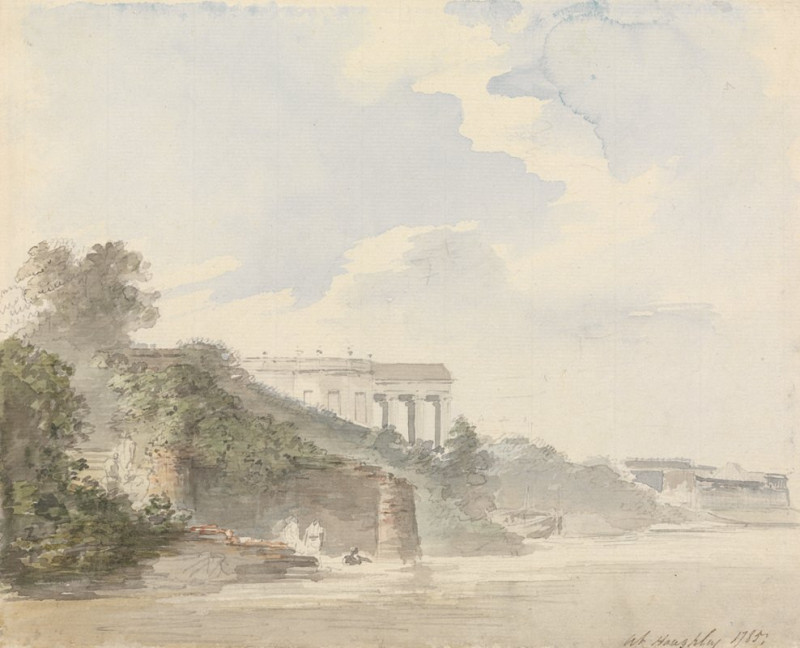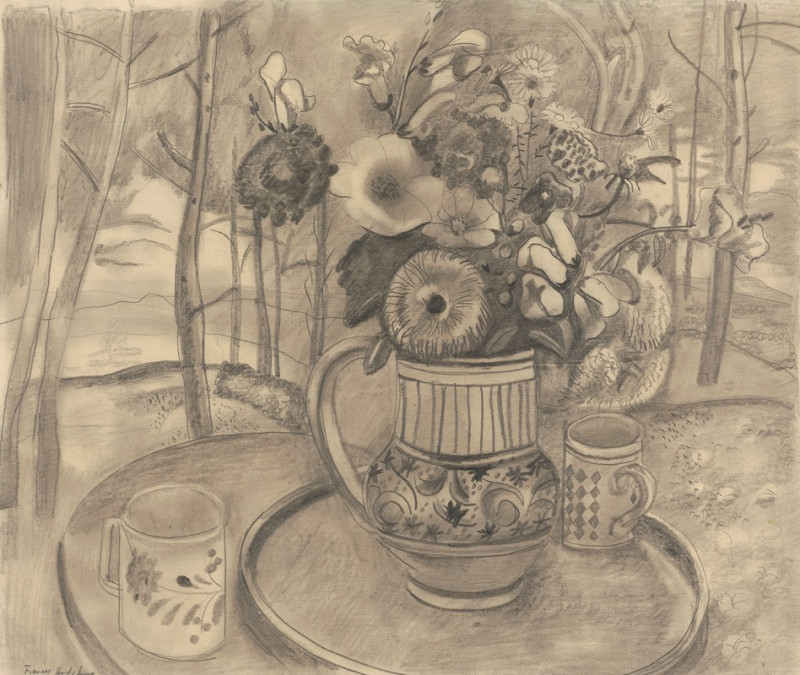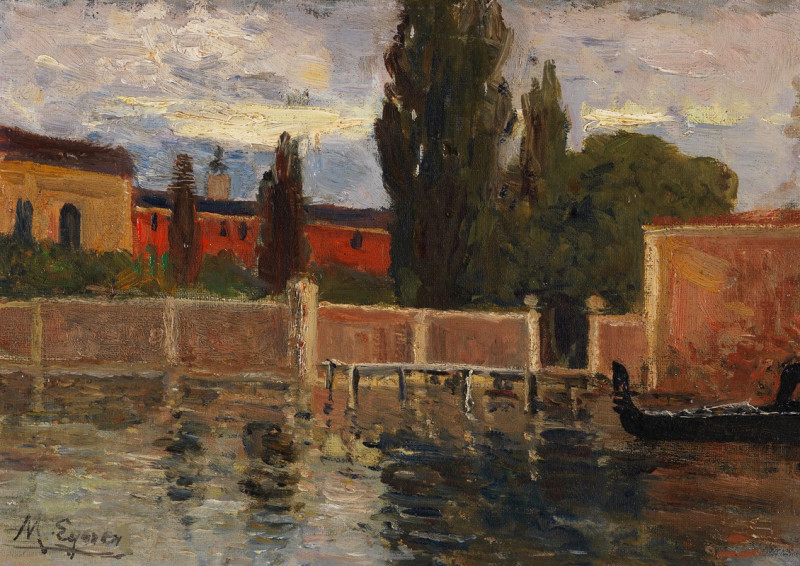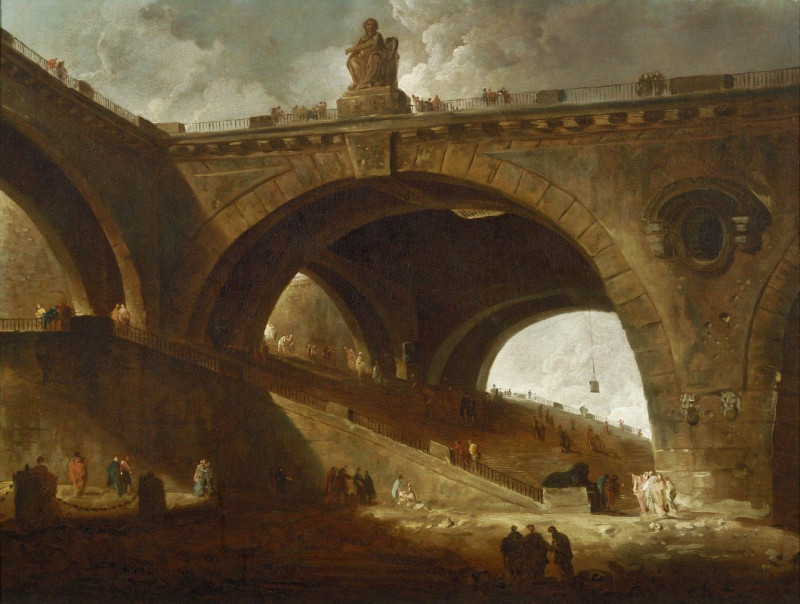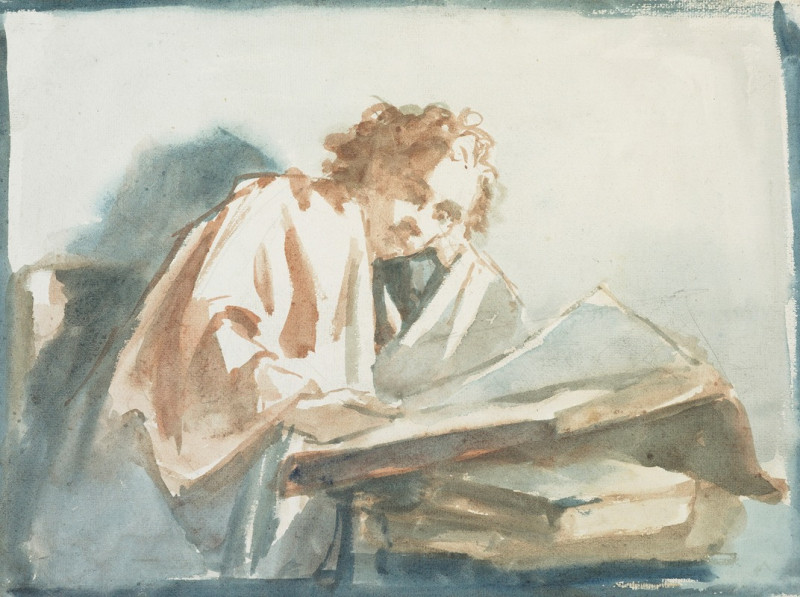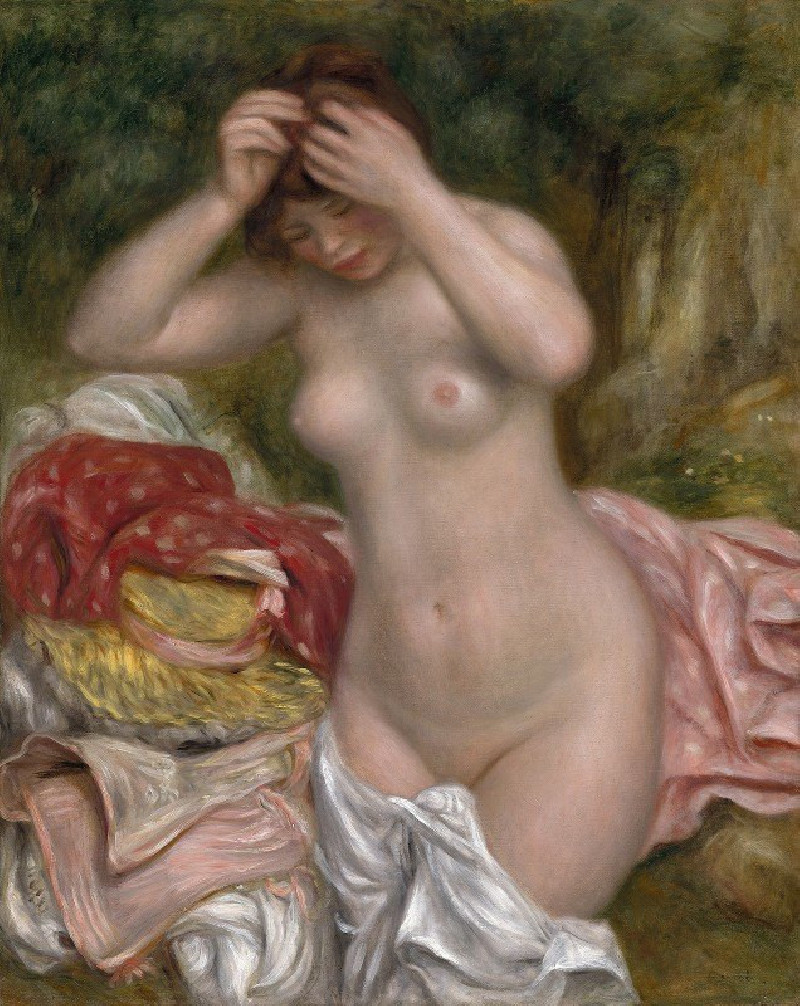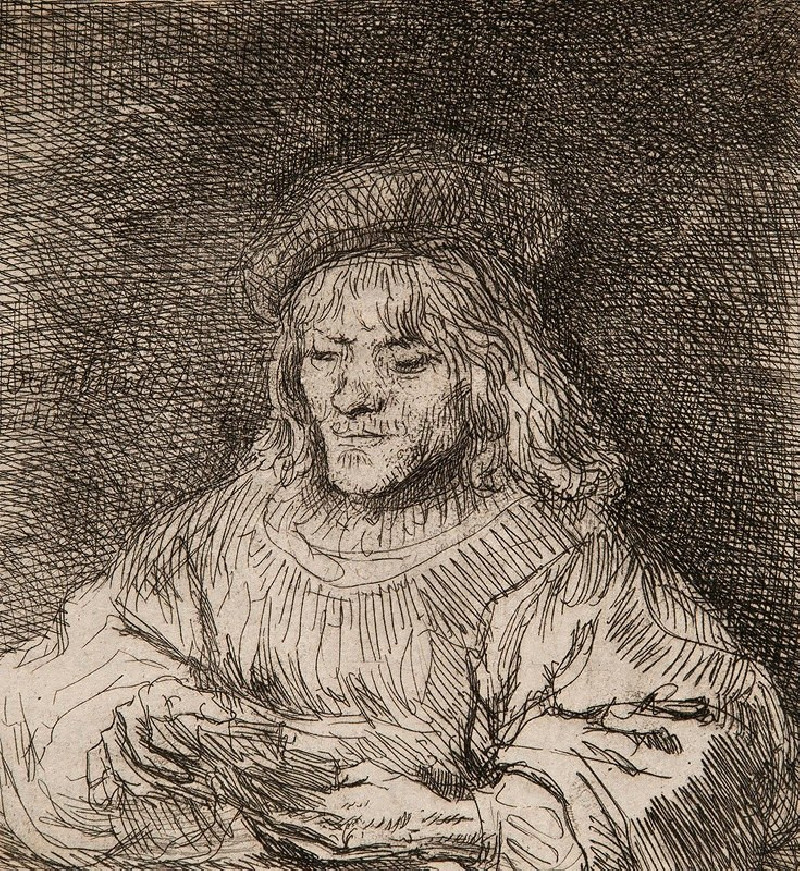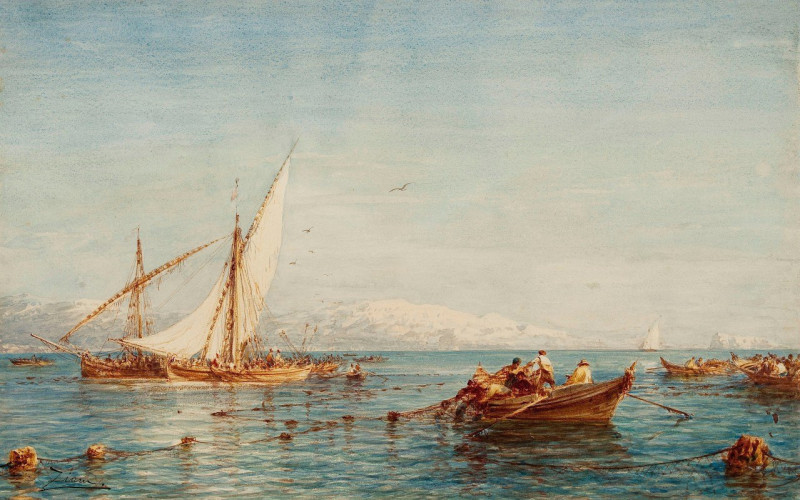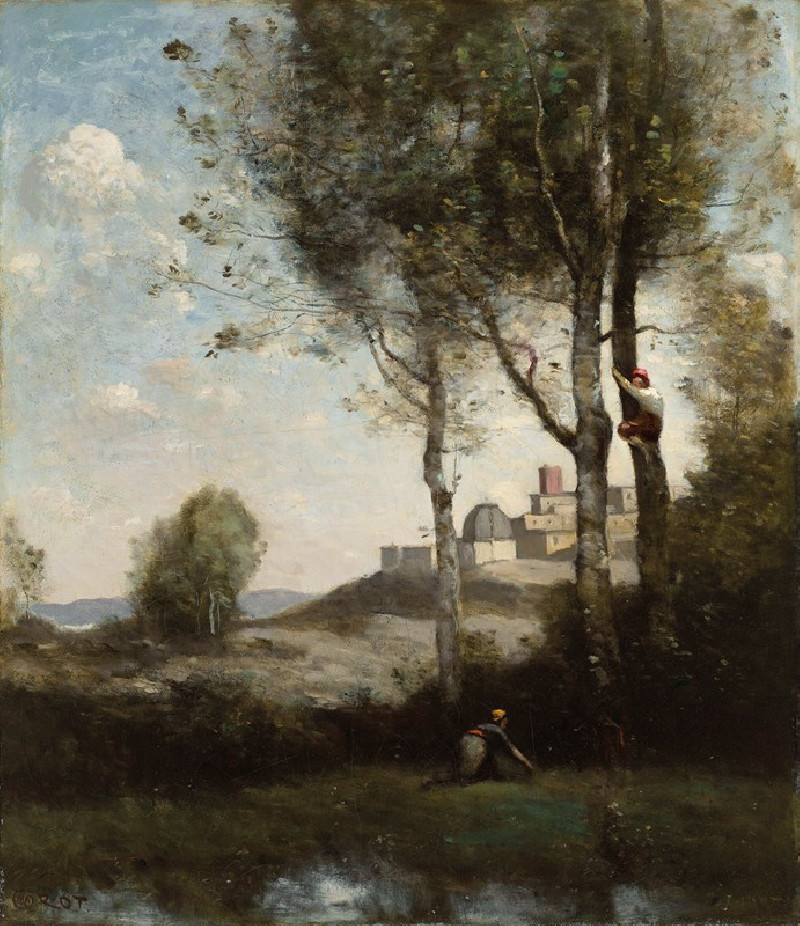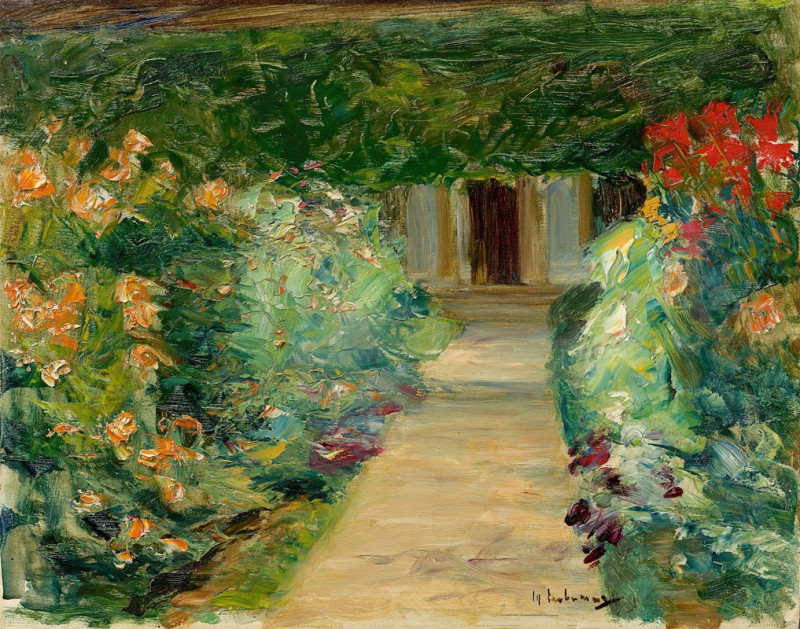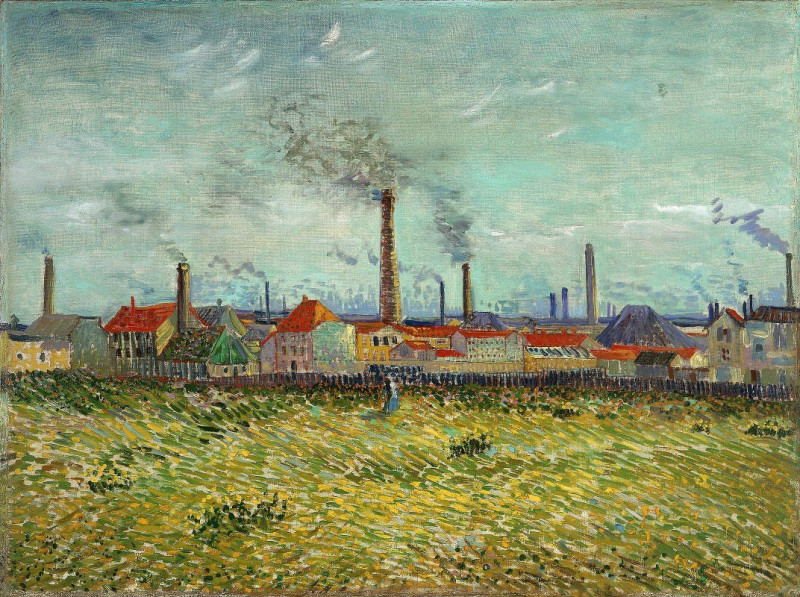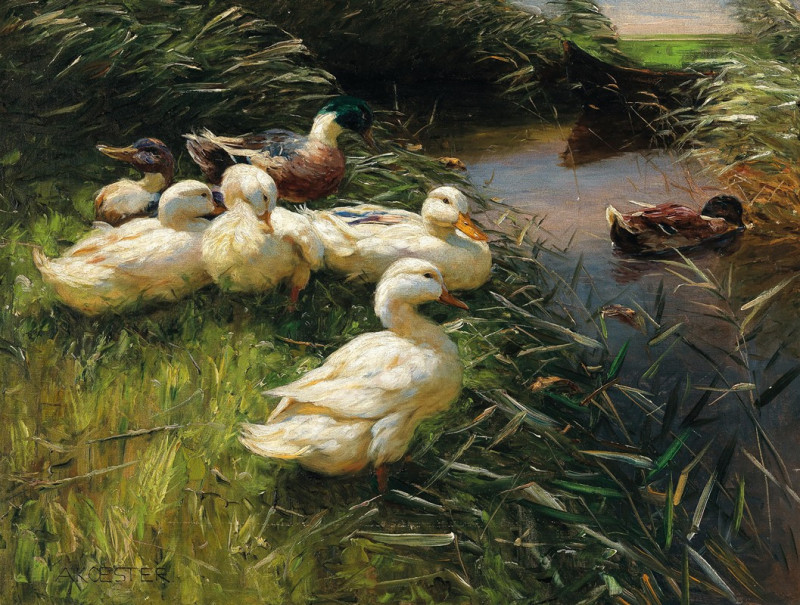The Spanish Singer (Le Guitarrero) (1861–62)
Technique: Giclée quality print
Recommended by our customers
More about this artwork
"" (Le Guitarrero), created by Edouard Manet in 1861-62, stands out as a masterful etching evoking the lively spirit and cultural essence of traditional Spanish music. This piece captures the image of a male singer, animatedly strumming his guitar. Donned in a wide-brimmed hat and a rugged outfit, his expression is one of deep emotion and engagement, as if caught in the midst of a heartfelt performance.The setting appears informal with the singer sitting on a wooden structure, surrounded by lightly sketched lines suggesting a humble venue or perhaps an outdoor scene. Beside him, a ceramic jug and a small, discarded cloth or towel hint at the casual, everyday nature of his performance.Manet's skilful use of etching techniques brings out the textures of the singer’s clothing and the rustic elements surrounding him, adding a profound depth to the simple yet captivating scene.
Delivery
Returns
Édouard Manet (1832–1883) was a French modernist painter and one of the first 19th century artists to paint modern life. His impressionist style is characterized by relatively small and thin brushstrokes that create emphasis on light depiction. Manet was one of the key artists in the transition from realism to impressionism, along with Claude Monet, Edgar Degas, and Pierre-Auguste Renoir. However, he resisted involvement in any one specific style of painting, and only presented his work to the Salon of Paris instead of impressionist exhibitions. His early masterworks, The Luncheon on the Grass and Olympia, created great controversy and served as a rallying point for other young painters.

